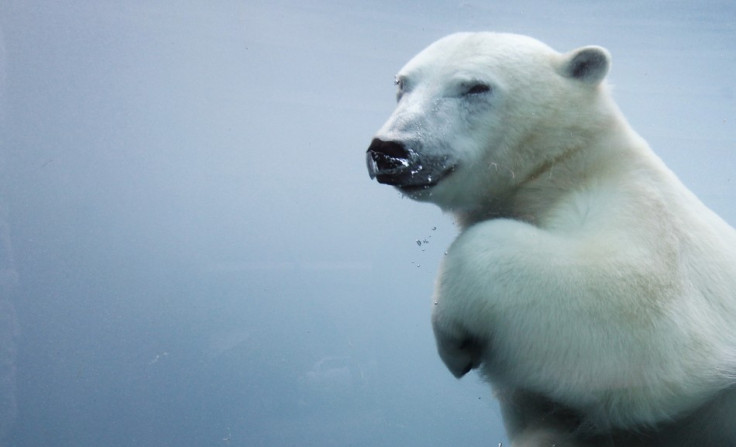Polar Bears in 'Awesome' 400 Mile Swim Marathons to Hunt Iceflow Seals

Polar bears are been forced to swim more than 400 miles non-stop in search of ice caps which have not melted, researchers have said.
Bears fitted with Global Positioning System (GPS) were found to have swam non-stop for nearly 10 days while they searched for ice in the Artic.
More than 50 female bears in the Beaufort and Chukchi seas off Alaska were had their movements tracked during a six year period.
The research found 20 of these bears between 2004-09 were forced to swim long distances sometimes for days on end before they were able to find ice caps in the water.
The average distance swam by these bears before they were able to find ice was 95 miles, but one bear swam for 220 miles while another covered 420 miles over the course of days before stopping.
One of the bears was found to have lost more than 20 percent of its body weight during one of their marathon swims.
The research, collected by the US Geological Survey, was published in the Canadian Journal of Zoology.
The researchers concluded the bears were being forced to swim greater distances because of it is a behavioural response to declining summer sea-ice conditions.
Karen Oakley, of the USGS Alaska Science Center, said: "Historically, there had not been enough open water for polar bears in this region to swim the long distances we observed in these recent summers of extreme sea ice retreat."
Research zoologist George M. Durner said in the publication Polar Biology: "This bear swam continuously for 232 hours and 687 km [426 miles] and through waters that were 2-6 degrees C.
"We are in awe that an animal that spends most of its time on the surface of sea ice could swim constantly for so long in water so cold. It is truly an amazing feat."
Sea ice is vital for polar bears as they use it to hunt seals, their main source of food.
© Copyright IBTimes 2024. All rights reserved.






